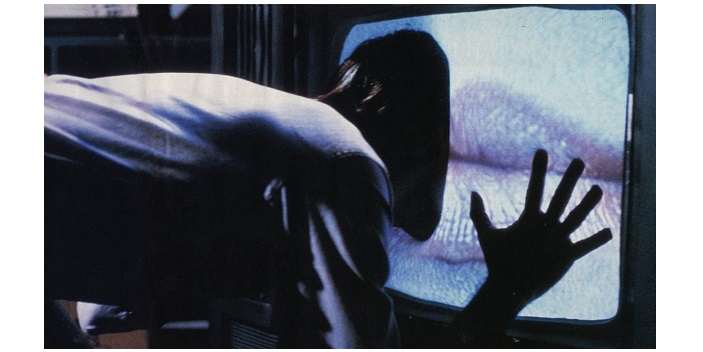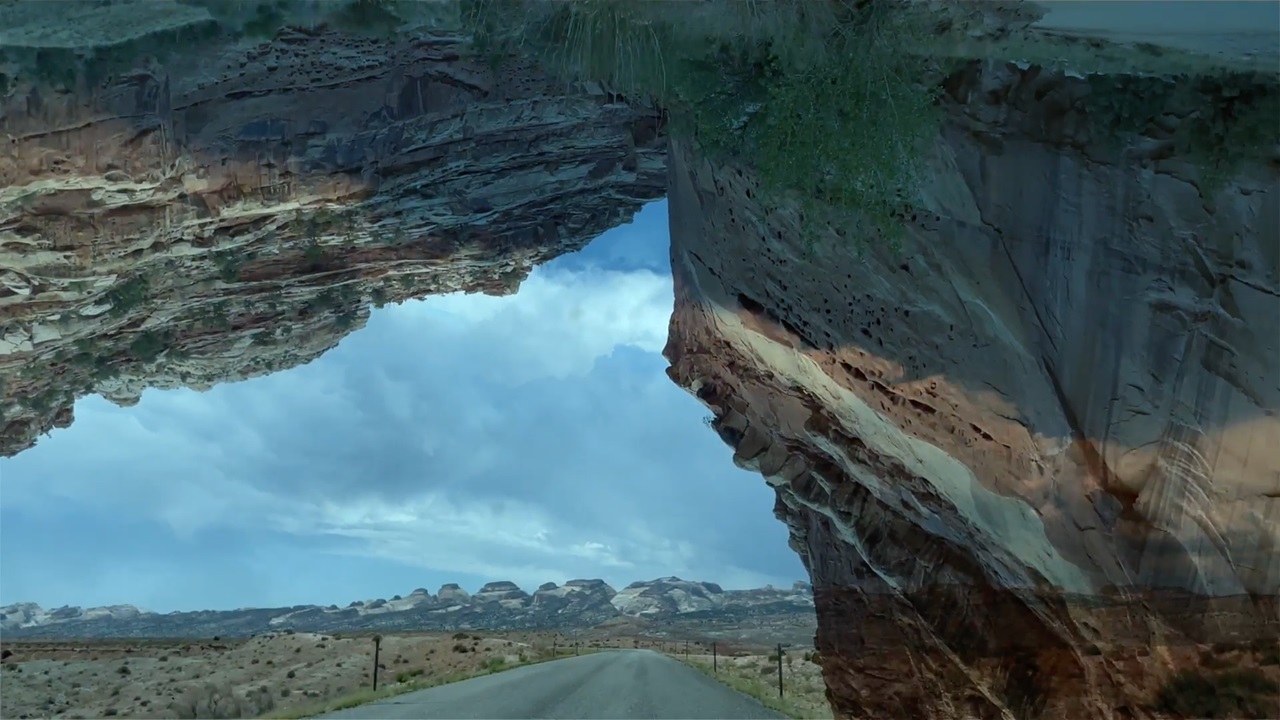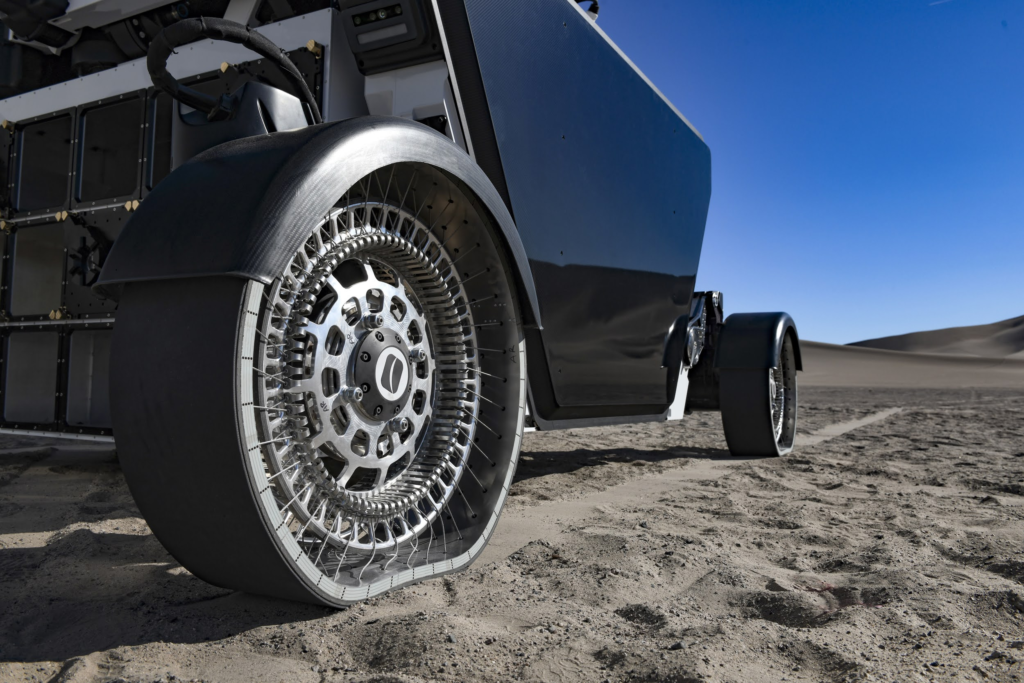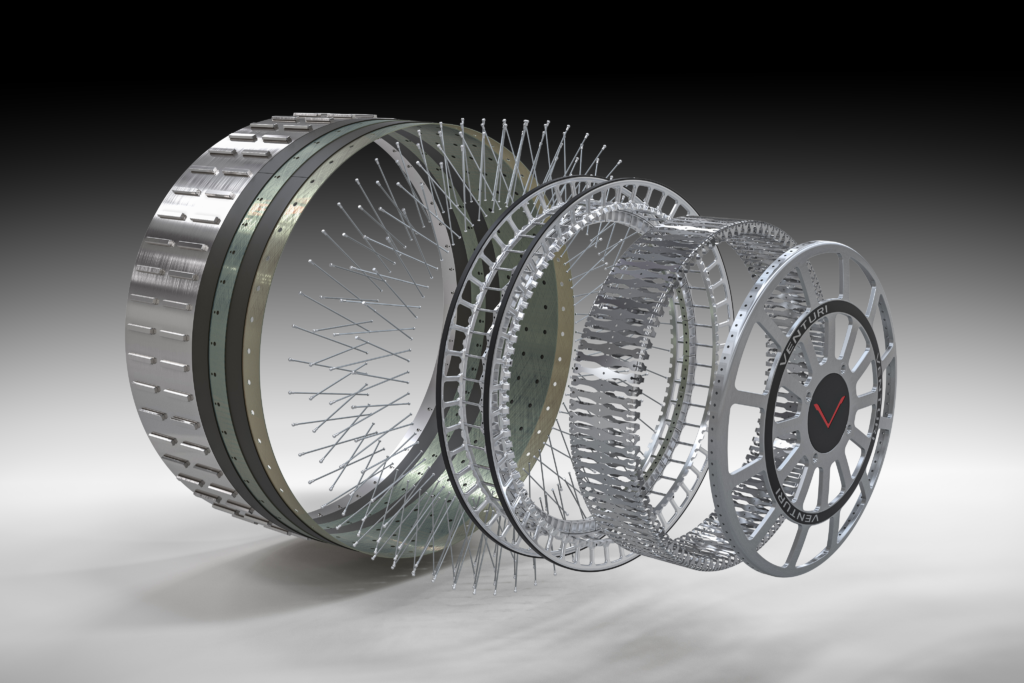The call letters KLEE-TV had not been broadcast since July 1950, more than 3 years before a viewer in London, England picked up their transmission on his television set.
Adding to the mystery was the fact that while in operation KLEE-TV was based out of Houston, Texas- an entire continent and ocean away. Since this was an era before satellite t.v. transmission how could the images be picked up? Was it simply a hoax?
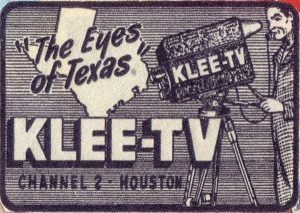 Though debunkers have stated that this story first appeared in Readers Digest, it actually was first reported in 1953 by TV Guide: a viewer based magazine that organized and listed television programming and reviewed highlighted television shows. Hugely successful and widely distributed- it seems counter-intuitive to consider how this might affect an already paranoid and anxious viewer body. After all, the Cold War and the Space Race were underway. Many Americans were building nuclear bomb shelters and keeping their eyes to the skies.
Though debunkers have stated that this story first appeared in Readers Digest, it actually was first reported in 1953 by TV Guide: a viewer based magazine that organized and listed television programming and reviewed highlighted television shows. Hugely successful and widely distributed- it seems counter-intuitive to consider how this might affect an already paranoid and anxious viewer body. After all, the Cold War and the Space Race were underway. Many Americans were building nuclear bomb shelters and keeping their eyes to the skies.
Television was still a new form of media and to many it transcended the boundaries of space of time.
It seemed possible that ghostly transmissions from another time and another place could occur. TV Guide pointed out in its story that at the time of the phantom KLEE-TV transmission, no other t.v. station in the world used those call letters.
For the next 12 year this enigma was forgotten but then in February 1962 Mrs. Rosella Rose of Milwaukee, Wisconsin witnessed the following. The KLEE-TV letters were flashed onto her screen as well as the images of an unknown man and woman arguing on a balcony, followed by the flashing of the word “HELP!” Then suddenly, her screen went blank. It seemed as though Mrs. Rose had witnessed an electronic netherworld. Could an alternate universe be superimposing its reality onto hers? The simplest answer is that Mrs. Rose was a victim of her time.
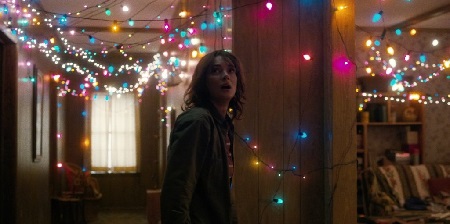
Perhaps as mentioned in Haunted Media Static and Stasis, “….The fleeting and inexplicable transmissions of KLEE are eerie in that they are symptomatic of a general loss of self presence felt socially in electronic communications as a whole.” I think it’s safe to say that Canadian Film Director David Cronenberg felt this way and successfully incorporated these themes into Videodrome. I think it’s also safe to say that the success of the recent Netflix series Stranger Things is due in some part to this notion of a technologically created netherworld. And what about the Australian reports of a Coke bottle and drinking flask being transmitted during the Moon Landing?
Today there are reports of phantom webcam transmissions, of strange beings quickly seen on a monitor or a tablet. If we are able to view images on our devices then is it so far fetched to imagine that we ourselves can be seen by others through our devices? And if that’s possible to what end are we being surveilled? For the Silo, Jarrod Barker.
The Max Headroom Signal Intrusion Incident of 1987
Captain Midnight HBO Transmission Hijacking
Recommended Reading- Haunted Media Electronic Presence From Telegraphy to Television by Jeffrey Sconce
